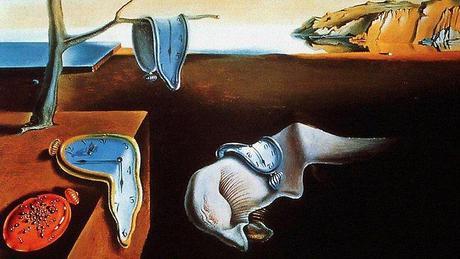At the conclusion of Elaine Pagels’ lecture on the Book of Revelation, the first question someone asked her was why does religion persist? Pagels answered: “I think because this is about emotion. This isn’t conceptual. People who talk about it as if it matters whether you believe in God or not, have got it completely wrong. It’s far too over intellectualized. This is about hope and fear. This is about how we dream.”
While I greatly admire Pagels’ work and understand this was a lecture setting, this answer won’t do. The emotional explanation for religion has been around for a long time and was most famously stated by Sigmund Freud in The Future of an Illusion (1927).
Freud explains religion as wish fulfillment, with emotional fear playing the major role. Humans faced with an inexplicable and cruel world create coping mechanism gods: “The gods retain the threefold task: they must exorcize the terrors of nature, they must reconcile men to the cruelty of Fate, particularly as it is shown in death, and they must compensate them for the sufferings and privations which a civilized life in common has imposed on them.”
This is a good explanation as far as it goes but the problem is that it doesn’t go very far. Many things contribute to religiosity, with emotions being only one of several contributing factors. There undoubtedly is a cognitive component to religiosity. Human brains have evolved in such a way that we naturally generate supernatural concepts.
At some time in human history, perhaps 60,000 years ago, minds became fully modern or capable of thinking as we think. Once this occurred, it would not have taken long for people to begin constructing stories about supernatural perceptions. Over tens of thousands of years these stories would have become increasingly elaborate. All modern religions are related, in deep time and through conceptual descent, to these early forms of religion or shamanisms.
Two more recent transformations altered the basic ancestral patterns of supernaturalism. The first was Neolithization or the domestication of plants-animals. When people settle down and begin producing food, shamanisms give way to the earliest organized religions. The second was the transformation wrought on these religions by Axial movements or the Axial Age. Today’s “world religions” all have Axial roots.

The entire history of religions, therefore, has a cognitive component and a cultural component. They work together and it is hard to say one is more important than the other. They are equally essential to explain the persistence of religion.
All cognitive and cultural activities have an emotional aspect to them. In this sense, one can say that emotions play a major role in religiosity even if this role is not (as Pagels suggests) mono-causal.
This is of course simply an abbreviated sketch of religious history. The emotional aspect of this history is treated with considerable sophistication by Robert Fuller in Spirituality in the Flesh: Bodily Sources of Religious Experience (Oxford 2008). Fuller situates these emotions within an evolutionary framework and shows how everything works together to produce what he calls “spirituality.”
Even if you don’t agree with Fuller, his body or emotion based approach to these issues deserves serious consideration and makes considerable sense.

